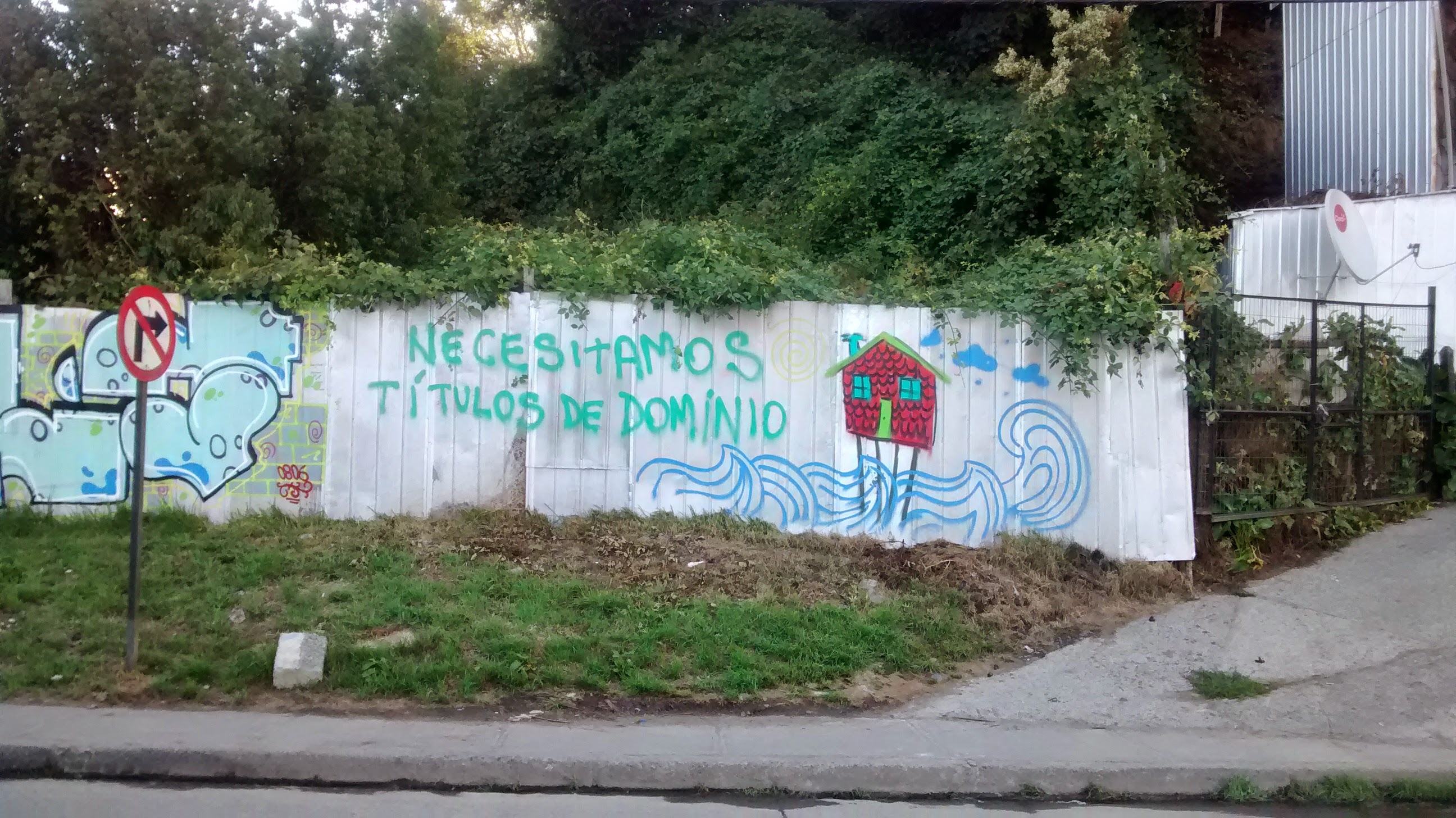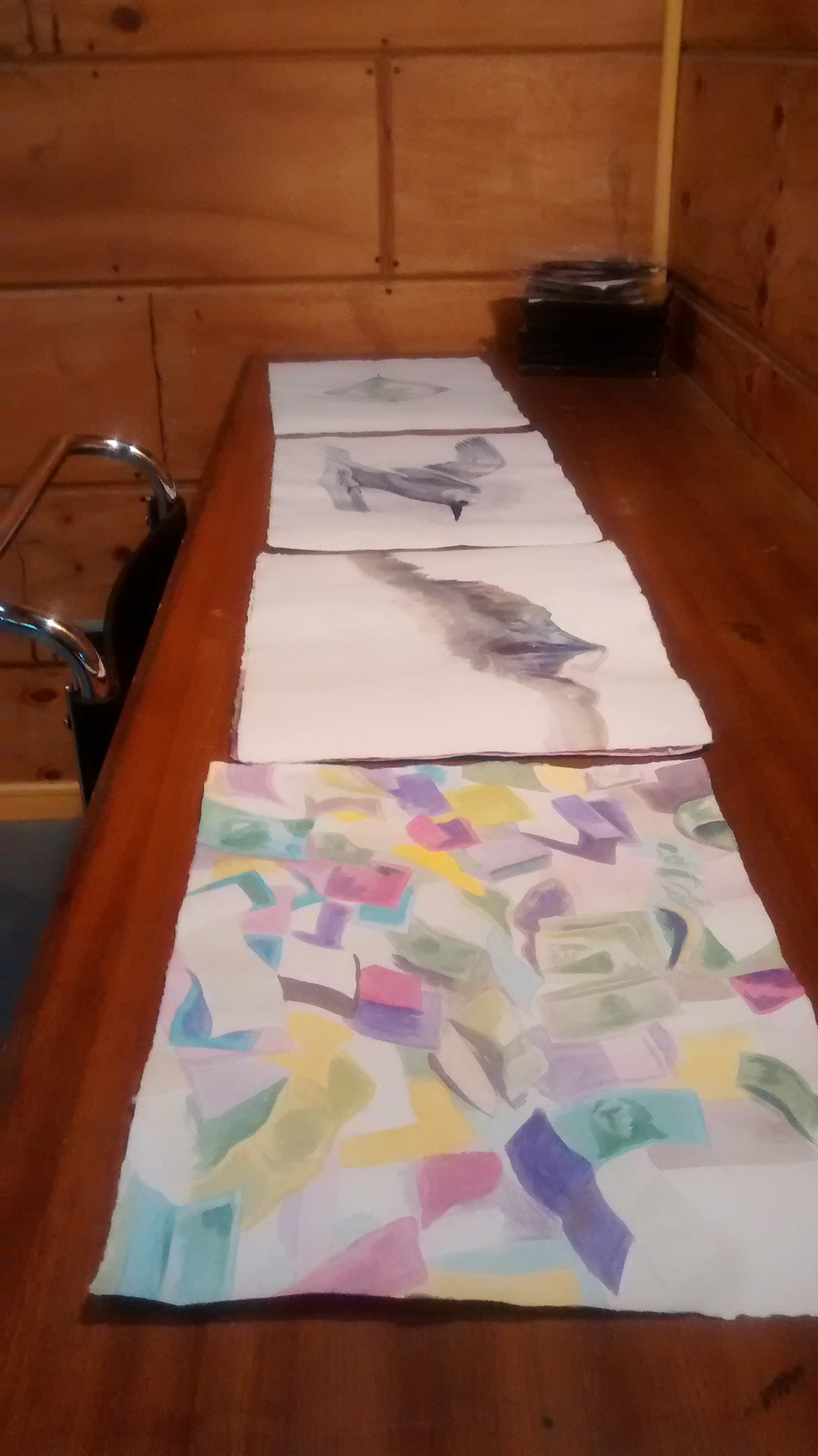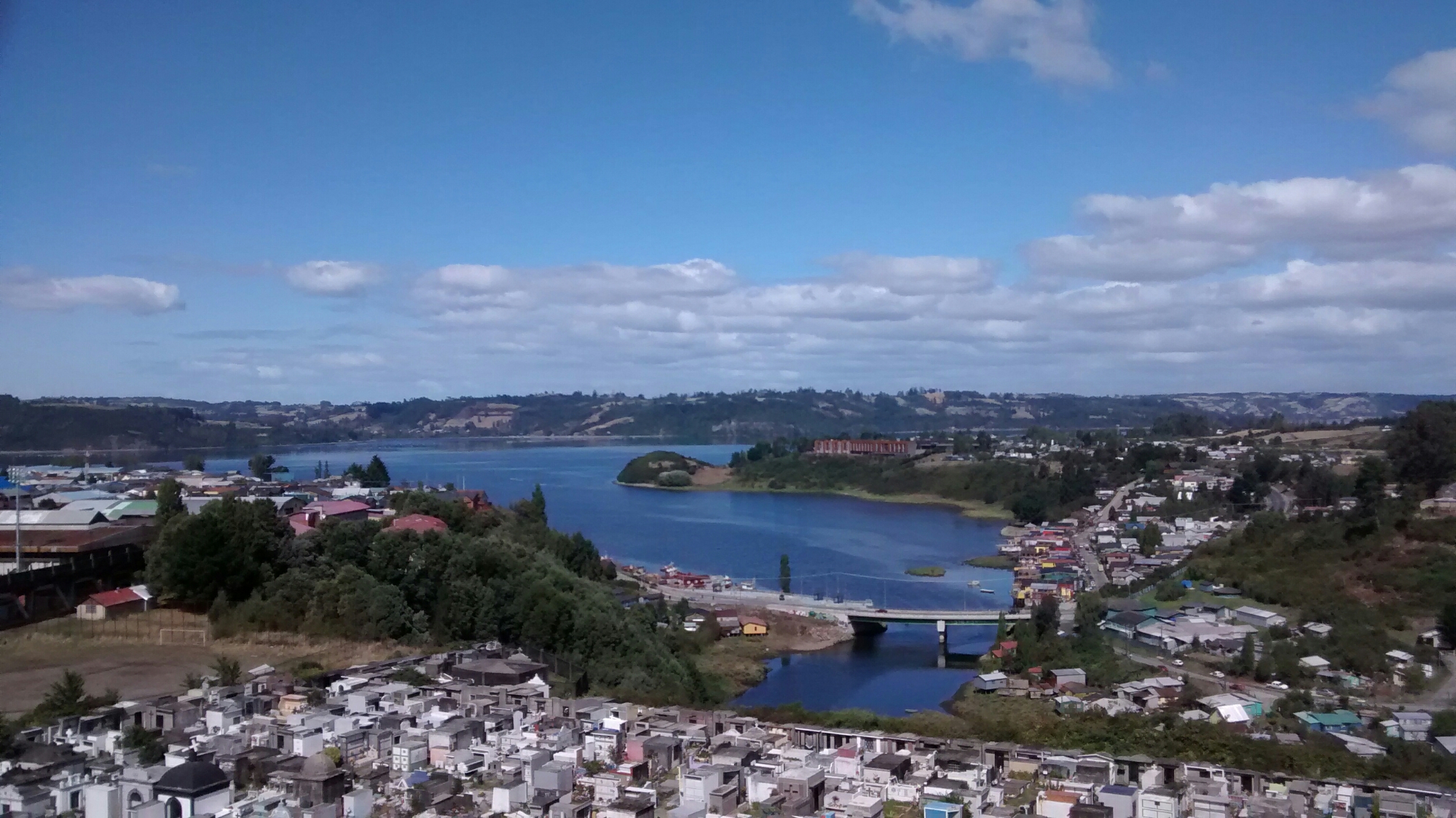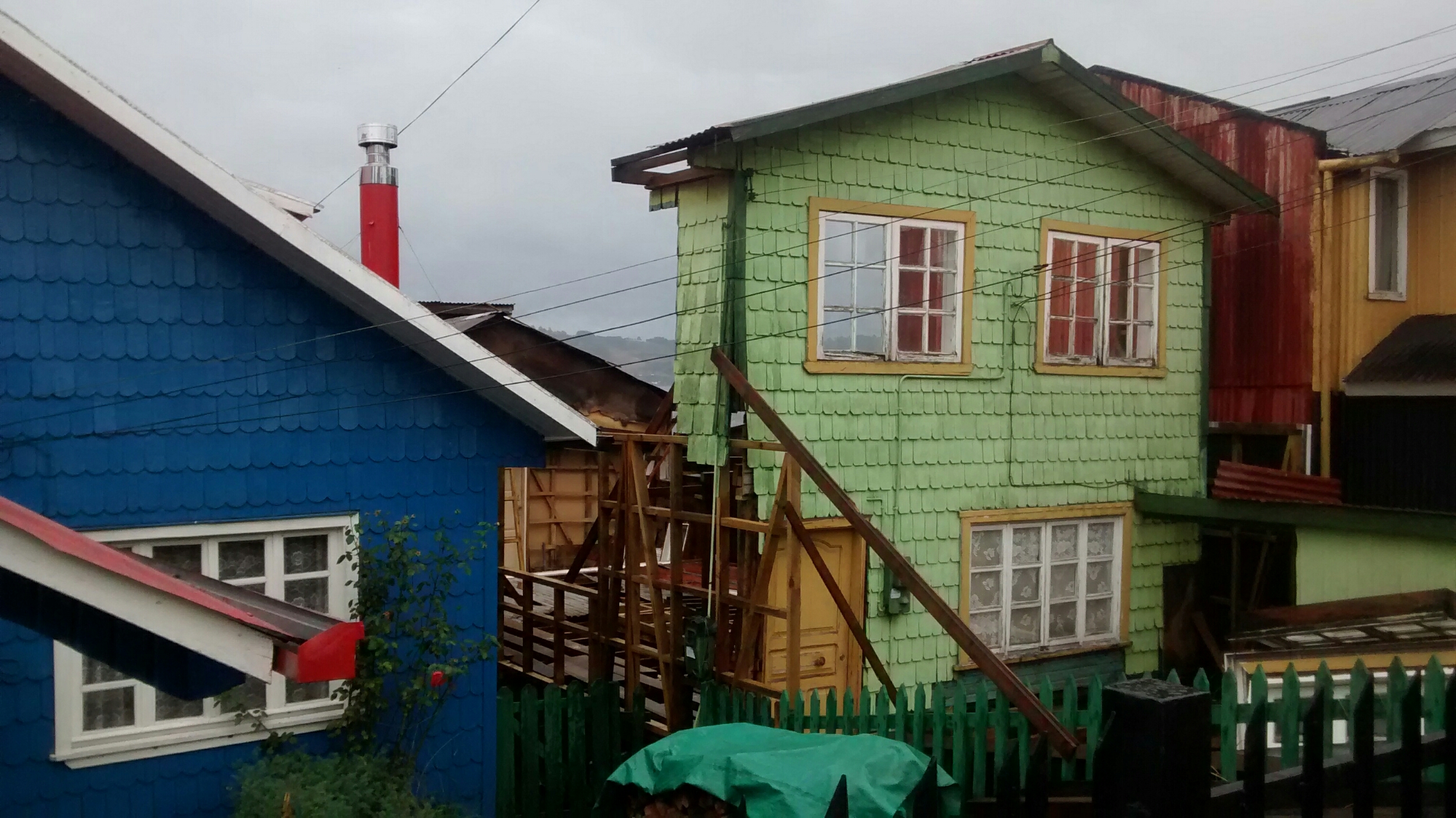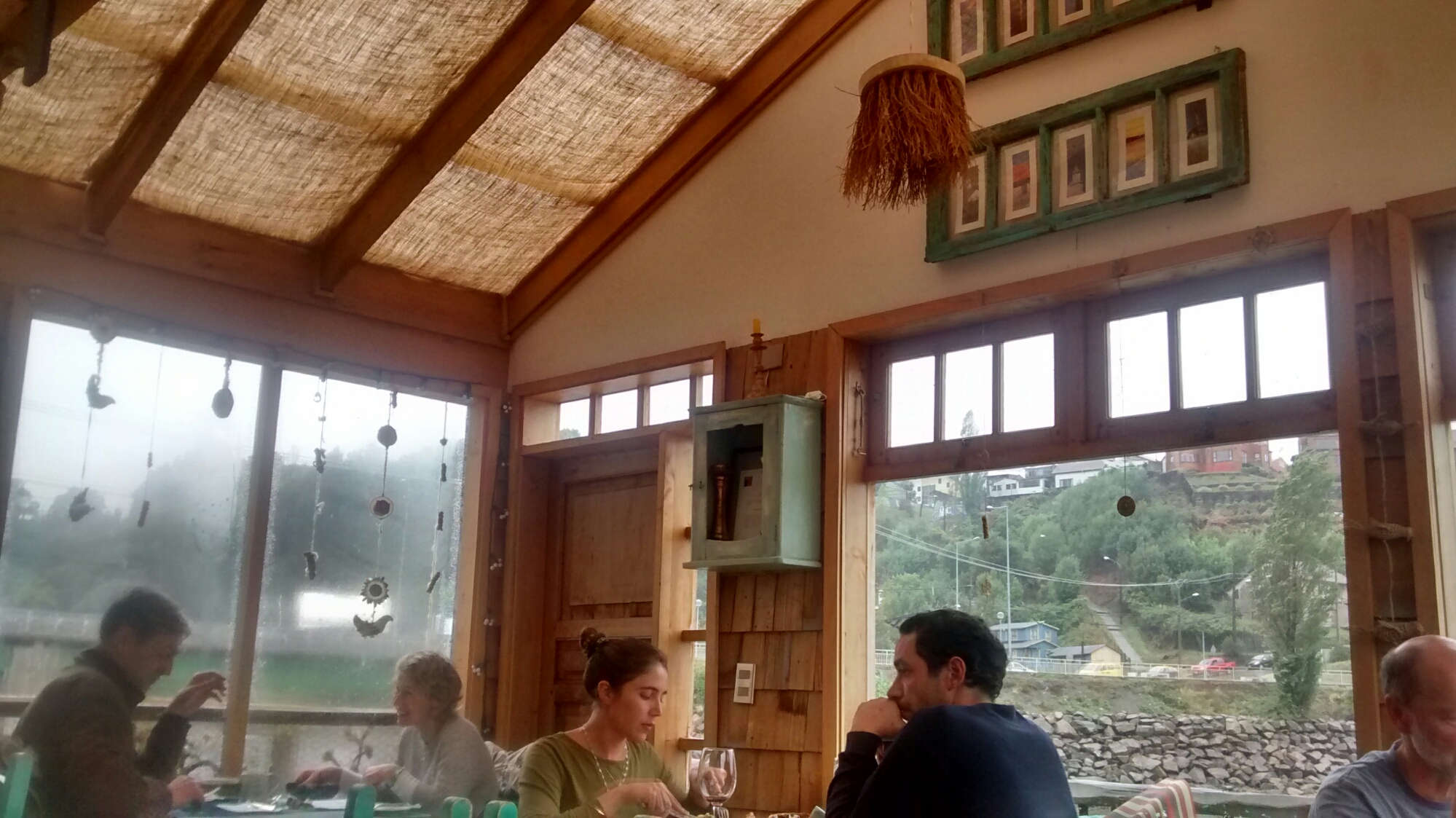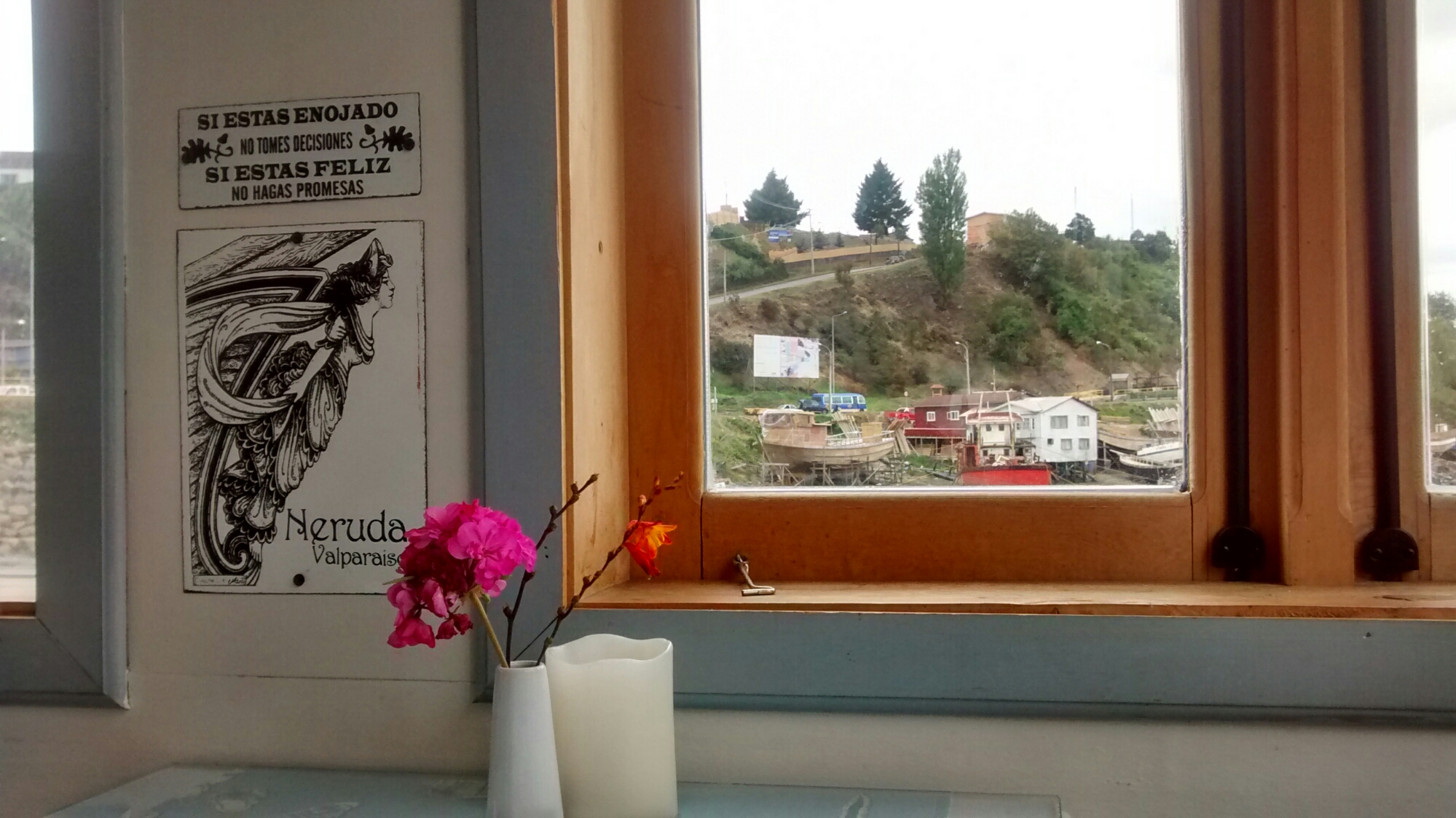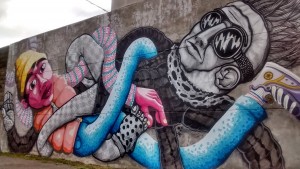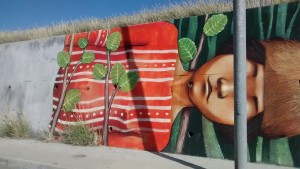Estoy estancada.
I’m stuck. I’ve used up most of my paper, but am dissatisfied with my drawings here in Castro, Chiloé. The setting is tranquil. I am restless.
On the bright side, I’m writing a lot every day, and really loving this seaside city. Each day the beauties and peculiarities of this place seep a little more inside of me.
The design of the city is both logically gridded and haphazardly rough, having to wrap over the rises and drops of the terrain. Much of the architecture uses the wood of this land and has become inseparable from its identity. Cinnamon lumber in the houses/powder on top of beverages.
Then there are the palafitos, representatives of an amphibious lifestyle dependent on the sea.
The imagery this conjures up is fantastic. We humans are like the frogs, amphibious in nature, if not between land and sea, then between any two perspectives that must be at battle within us. Our loyalty to the water that has long nourished us turns into an attachment that keeps us from evolving and fully experiencing the joys of the land, the freedom of the sky.
The feeling of Castro, Chiloé hovers between obstinate independence and frail tranquility. It has evolved in both the freedom and imprisonment of its isolation.
But while geographic isolation may have fueled and instilled the identity of a culture developing separately and uniquely from the rest of the world, the patterns of history are undeniably human. This is an immigrant land, both colorful and conflicted with the gifts and scars of its mixing heritages.
This is a city turning on the axis of gentrification. I visited a beautiful cafe yesterday in one the many restored palafitos of Castro, where I read a book about the history of these houses on stilts over a cup of Yogi tea like I mighty have been drinking in my own, hipster, American town.
Los palafitos. Stilted houses that face the sea. Cages that captured fish from the receding tides. The beginnings of commerce in a new world. The blending of indigenous and Spanish cultures. The trade of goods and patrimonies.
Poor homes on the margins of society. Human refuse in the sea. Neighborhoods in decline. Fire that rapidly consumed closely packed wooden houses, among other man-made catastrophes. The eternal war of tradition vs modernity. The same seeds we sowed for progress have dug deep into the earth with the roots of a cultural identity we cannot escape.
Swap out the fish and lumber industries for General Motors and we might as well be in Detroit. Replace the palafitos with the skyline of an old, European city, a temple in China. Different industries, different architectures. Same questions, same reactions.
The palafitos were considered unsafe and unhygienic and under the constant threat of demolition, by both nature and by government.
Now, the same things that threatened the palafitos’ existence have proven their fortitude. If these houses survived fire, earthquakes, tsunamis, and rich politicians who considered them to be ugly, they must be something worth saving.
Los palafitos. Boutiques filled with handmade, local goods. Hostels and hotels in shades of pink, green, and blue. Delicious, pricy, restaurants and cafes, that dress up and celebrate what have long been local tastes, so they may be newly discovered by the phenomenon of tourism. Sushi. Jasmine tea. Indie music. Fresh pressed juice. Chia seeds in baked goods.
And now, the steeply climbing costs of real estate of any place reborn in its success.

